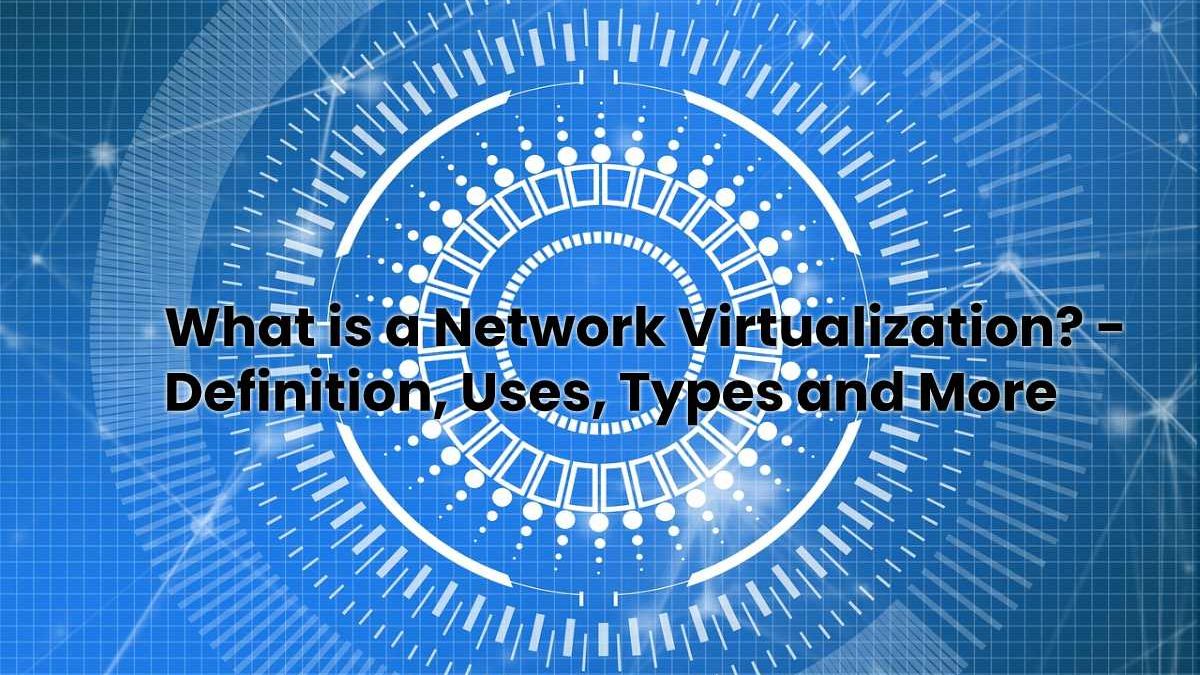Table of Contents
Network Virtualization Definition
Network virtualization (NV) refers to the abstraction in software form of network resources traditionally provided in hardware form.
In addition, it can combine several physical networks into a virtual software network. And also, divide a physical network into several independent and distinct virtual networks.
Why network virtualization?
Network virtualization decouples network services from the underlying hardware and enables virtual provisioning of a complete network. And also, physical network resources, like switches and routers, are bundled and accessible by any user through a centralized management system.
It also automates many administrative tasks, which reduces the number of manual errors and provisioning time. It advances the productivity and efficiency of the network.
Example
Virtual LANs (VLANs) are an example of network virtualization. And also, a VLAN is a subset of a local area network (LAN) created with software that combines network terminals into a group, regardless of their physical location. And also it improves the speed and performance of busy networks and simplifies the modification or addition operations performed on the network.
Types
Network virtualization can be external or internal. External virtualization combines several networks or parts of networks into a virtual unit. Besides, Internal virtualization uses software containers to replicate or provide the functionality of a single physical network.
NV software
NV software allows network administrators to move virtual machines across domains without having to reconfigure the network. In addition, the software creates a network overlay that can run separate virtual network layers over the same physical network.
Components of Network Virtualization
Here are the necessary elements of [network virtualization]:
- Virtual network cards (VNIC)
- Virtual switches
- Etherstubs.
Responsible for the implementation of virtual networks
If you need to consolidate resources, consider implementing VNIC and virtual networks. Besides, aggregators from ISPs, telecommunications companies, and large financial institutions can use the following [network virtualization] features to improve the performance of their servers and networks.
- NIC hardware, including powerful new hardware interfaces that support hardware rings
- Multiple MAC addresses for VNICs
- The high bandwidth provided by the most recent interfaces.
Also, you can replace many systems with a single system that has multiple zones or virtual machines without significant loss of separation, security, or flexibility.
Also Read: What is a Printer? – Definition, Features, Types and More

